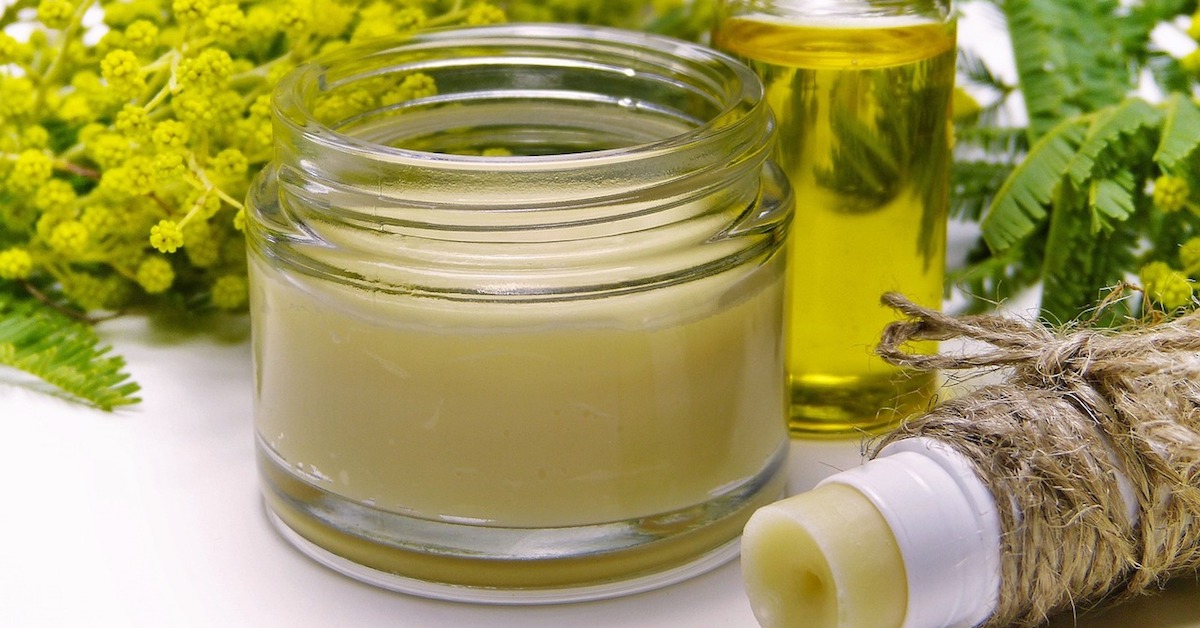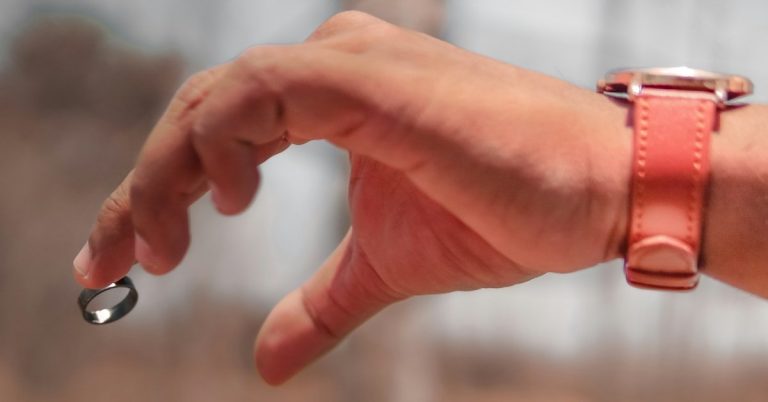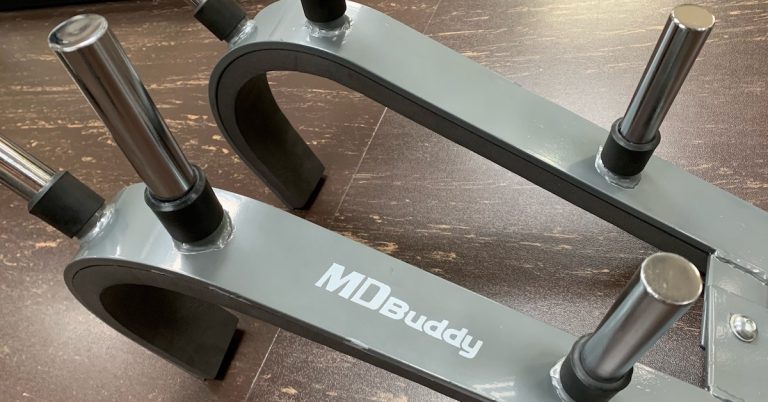Research can provide golden information to health and fitness professionals. Here are some recent findings from the Proceedings of the Canadian Society for Exercise Physiology Annual General Meeting to help you get ahead of the pack.
Non-local acute stretching effects on range of motion in healthy adults: A systematic review with meta-analysis (Behm et al., 2020)
“In conclusion, stretching one muscle group can induce large magnitude, global increases in ROM [range of motion].”
Note: According to the researchers, one of the proposed underlying mechanisms may be attributed to stretch tolerance. I talk about this concept in Flexibility 101: The Do’s and Don’ts of Stretching.
Foam rolling prescription: A clinical commentary (Behm et al., 2020)
“The analysis revealed the following conclusions. To achieve the greatest ROM, the regression equations predicted rolling prescriptions involving 1-3 sets of 2-4-s repetition duration (time for a single roll in one direction over the length of a body part) with a total rolling duration of 30-120-s per set. Based on the fewer performance measures, there were generally trivial to small magnitude decreases in strength and jump measures. In addition, there was insufficient evidence to generalize on the effects of rolling on fatigue and sprint measures. In summary, relatively small volumes of rolling can improve ROM with generally trivial to small effects upon strength and jump performance.”
Note: Foam rolling as part of a warm-up can run its course. Don’t do it forever! Learn more in Foam Rolling and Pain.
The impact of the COVID-19 pandemic on physical activity and sedentary behaviour of university students (Bertrand et al., 2020)
“Our findings confirm that some university students’ low physical activity and high sedentary behaviour were already risks for poor health before the pandemic. These risks were significantly compounded during the pandemic. Modifiable activity behaviours should be targeted as points of intervention for maintaining and improving health during this pandemic and beyond.”
Note: I’m sure the results apply to younger students as well. Low physical activity and high sedentary behaviour are leading factors of childhood obesity.
Safety of moderate- to high-intensity resistance training exercise in women and men 50 and above at elevated risk of fracture (Hosseini & Chilibeck, 2020)
“This research indicates that moderate to high-intensity resistance training can be prescribed to people at moderate risk of fracture with no serious adverse events.”
Note: If you’re interested in improving your bone density through exercise, don’t use pink dumbbells!
The effect of topical menthol analgesics on pain pressure threshold after delayed onset muscle soreness of the upper- and lower-body (Mirzabeigi Fini et al., 2020)
“Menthol based gels show a trend after trend application after DOMS [delayed onset muscle soreness] which can help reduce the amount of pain and increase performance.”
Note: There’s a natural topical remedy that you can use that not only reduces pain but may also increase muscle growth. It was developed over 100 years ago and it’s probably sitting in your medicine cabinet right now!
Effects of cold-water immersion on post-exercise recovery of skeletal muscle function following high-intensity interval exercise (Mosely et al., 2020)
“These preliminary results do not support any benefit of acute 30 min post-exercise cold-water immersion on the recovery of skeletal muscle function at 24h following HIIE [high-intensity interval exercise].”
Note: If you haven’t heard, it’s no longer cool to ice! Icing and cold-water immersion immediately after exercise may reduce pain, but they will not improve recovery.
Impact of statin withdrawal on quality of life and performance (Peyrel et al., 2020)
“Statin withdrawal in primary cardiovascular prevention patients subjected to SAMS [statin-associated muscle symptoms] has a positive impact on many components linked to QoL [quality of life]. A decrease in the intensity of pain experienced, an increase in grip strength and an improvement in the physical dimension of QoL clearly emerge, independently of sex.”
Note: There’s no doubt that some patients who go off statins feel a million times better! Getting to the heart of the matter is important to address cardiovascular risk – it’s not always about drugs.
TherabandTM CLX gold reduces knee-width index but increases gluteus medius activity during the barbell back squat (Vardy et al., 2020)
“While the gold band increased the muscle activation of the hip abductors, it caused a greater medial knee collapse in comparison to the other conditions.”
Note: According to a study published last year in BMJ Open Sport & Exercise Medicine, squatting with resistance bands is likely to increase the risk of knee injury. Don’t do it!

The DIY 3-Ingredient Skin Elixir
If you’re looking for one of the most powerful anti-aging skin creams on the market, look no further. You can

Why I Retired My Oura Ring: Navigating the Pitfalls of Orthosomnia and Wearable Tech
In the quest for optimal health, many of us turn to technology for insights, and the Oura Ring has been

Meet my New Fitness Buddy
The front squat is a fundamental exercise that everyone should incorporate into their routine, yet not everyone can execute it
follow
Error: No feed with the ID 2 found.
Please go to the Instagram Feed settings page to create a feed.
